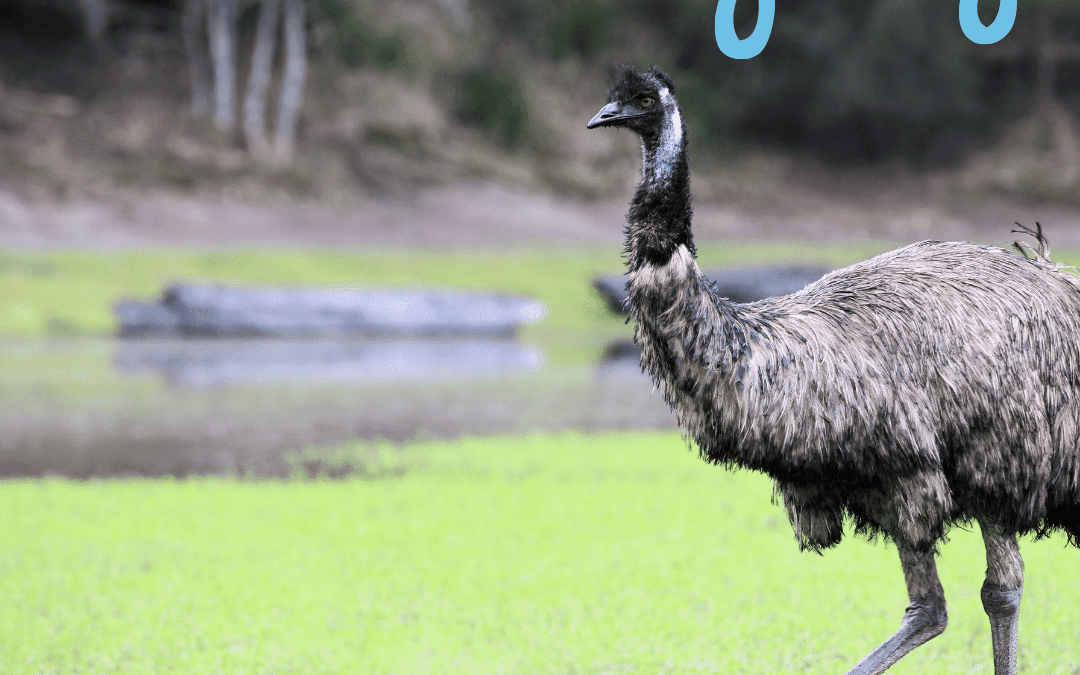Describe and compare the structure of animals – take it outside!
Typically an area that most teachers would teach inside the Muddy Teachers love to do this outside. Describing and comparing the structure of animals typically is a worksheet kind of thing but think out of the box and you can make this a fun, exciting area of the curriculum.
Here are a few ways to dive deeper and embed this area of Science using some muddy puddle teacher ideas:
- Go on a school trip – visit a farm and zoo. Let children see first hand what life is like for these animals, how they eat, walk and survive.
- Watch our clips created by Matlock Farm Park and learn and see animals virtually while understanding the various elements that make up certain types of animals and their habitats.
- Make animals out of clay and play with them. Learn the body parts while you do this.
- Play games, give children an animal to role play and ask them to create their food out of clay and other natural things around them.
- Give each child an animal name and then ask them to gather with the other birds, reptiles and amphibians.
It is easy to see once you have trained as a Muddy Puddle Teacher how beneficial active learning outside can have on the children’s understanding. Dive deeper by taking the learning outside. Splash this way to enrol.
To describe and compare the structure of animals is an incredible part of the Science curriculum that is best done hand on and practical. The children need to see real life examples for them to learn, bond and appreciate nature and all of the amazing ways it presents.


